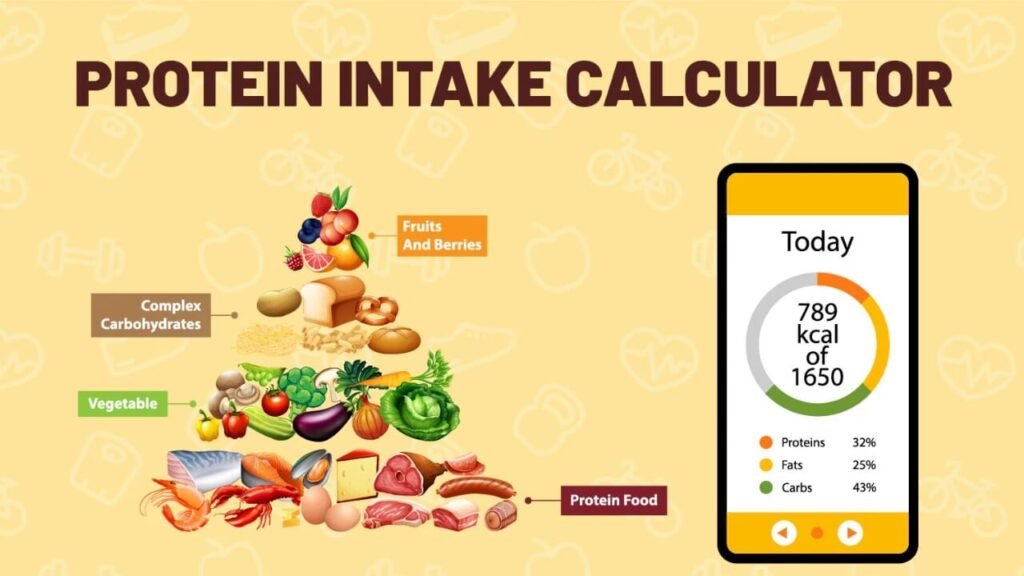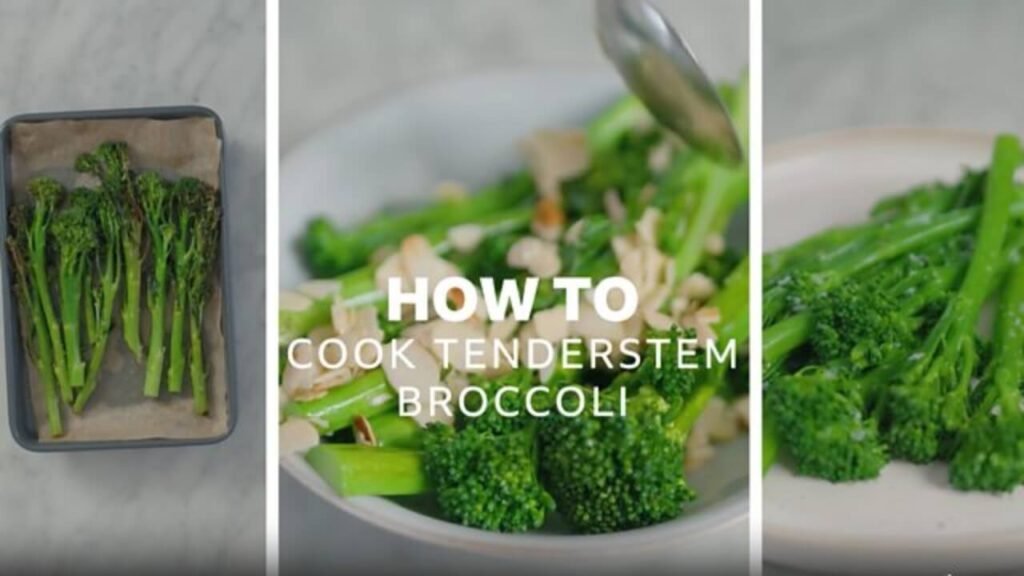Healthy Recipes for Picky Eaters: Tasty, Simple, and Nutritious Hacks

Feeding picky eaters can often feel like a daunting challenge, especially when you’re trying to ensure they get the nutrition they need. Whether you are a parent, caregiver, or even an adult struggling with selective eating habits, finding healthy recipes for picky eaters is essential for maintaining a balanced diet. Picky eating tendencies can limit variety, making it difficult to introduce wholesome foods without stress or resistance. Fortunately, with the right strategies and recipes, it’s possible to make mealtime enjoyable and nutritious. This blog explores effective ways to create healthy meals that appeal to even the most selective palates, helping you build better eating habits over time.
Understanding Picky Eating: Why It Happens and What It Means for Nutrition
Before diving into recipes, it’s important to understand what picky eating entails and why it occurs. Research shows that picky eating can stem from various factors such as genetic taste sensitivities, early food experiences, and psychological preferences. According to a study published in Appetite (Johnson et al., 2020), children with heightened sensitivity to bitter tastes often reject certain vegetables, leading to limited food choices. Moreover, picky eating is not exclusive to children; adults may also develop selective eating patterns due to texture, smell, or taste aversions.
The nutritional implications of picky eating can be significant, as these individuals often miss out on essential vitamins, minerals, and fiber. Therefore, introducing healthy recipes for picky eaters that incorporate a variety of nutrients in palatable forms is key to supporting overall health.
The Art of Crafting Healthy Recipes for Picky Eaters
Creating appealing, nutritious meals for picky eaters involves creativity and patience. The focus should be on balancing taste, texture, and appearance to encourage acceptance without forcing the eater. One successful approach is to combine familiar flavors with subtle introductions of new ingredients.
Leveraging Familiar Flavors and Textures
Picky eaters often prefer foods that are predictable in texture and taste. This preference means that recipes with creamy, smooth, or mildly flavored components tend to work better. For example, blending vegetables into sauces or soups can mask flavors and textures that might otherwise be rejected. Pureed soups, smoothies, and casseroles provide an excellent way to include vegetables and whole grains.
Incorporating Nutrient-Dense Ingredients
While catering to taste preferences, it’s crucial to maintain the nutritional integrity of the meals. Including ingredients rich in vitamins A, C, D, calcium, iron, and fiber can help fill nutritional gaps. For instance, sweet potatoes, spinach, and beans can be easily incorporated into dishes without overpowering the palate.
“Patience and gradual exposure are fundamental. Offering a new vegetable multiple times in different preparations increases the likelihood of acceptance.”
— Dr. Susan Davis, Pediatric Nutritionist
Healthy Recipes for Picky Eaters: Examples That Win
Let’s explore some recipes that have been shown to appeal to selective eaters while maintaining high nutritional standards.
Creamy Avocado Pasta
This dish combines the creamy texture of avocado with mild flavors that picky eaters often enjoy. Ripe avocado blended with garlic, lemon juice, and a touch of olive oil creates a silky sauce that coats whole wheat pasta. The avocado provides healthy fats and fiber, while whole wheat pasta offers complex carbohydrates.
Hidden Veggie Meatballs
Ground turkey or chicken meatballs mixed with finely grated zucchini, carrots, and spinach can be baked to perfection. These meatballs are flavorful yet nutritious, offering protein and vegetables in a familiar form. Serving them with a mild tomato sauce can enhance acceptance.
Sweet Potato and Black Bean Quesadillas
Using mashed sweet potatoes inside whole-grain tortillas along with black beans and mild cheese creates a colorful, nutrient-packed meal. The sweet potato adds beta-carotene and natural sweetness, making the quesadilla more enticing.
Fruit and Veggie Smoothies
Blending fruits like bananas and berries with mild vegetables such as spinach or cucumber can result in delicious smoothies that sneak in nutrients. Adding Greek yogurt enhances protein content and creaminess.
Strategies to Encourage Healthy Eating Habits in Picky Eaters
Apart from recipes, behavioral strategies play a pivotal role in improving eating habits. Establishing consistent meal routines, involving picky eaters in food preparation, and offering choices can reduce resistance. According to a study in Nutrients (Smith & Jones, 2019), involving children in cooking increases their willingness to try new foods.
Positive reinforcement rather than punishment encourages repeated tasting and eventual acceptance. Additionally, parents and caregivers should model healthy eating behaviors, as children often mimic adult preferences.
The Role of Variety and Presentation in Healthy Recipes for Picky Eaters
Variety is crucial to prevent monotony and ensure balanced nutrition. However, it is equally important how food is presented. Visually appealing meals with bright colors and interesting shapes can attract picky eaters. For example, cutting vegetables into fun shapes or arranging foods into smiley faces can create positive associations.
Moreover, serving meals family-style allows picky eaters to choose what to try, empowering them and reducing mealtime battles.
Conclusion
In summary, healthy recipes for picky eaters require a thoughtful balance of nutrition, flavor, and presentation to overcome selective eating challenges. Understanding the underlying reasons for picky behavior, leveraging familiar tastes, and gradually introducing new foods can transform mealtime into a positive experience. As expert Dr. Susan Davis emphasizes, patience and repeated exposure are vital. By combining creative recipes with supportive strategies, caregivers can ensure picky eaters enjoy meals that are both delicious and nourishing.
Embracing this approach not only promotes better health but also cultivates lifelong positive eating habits. So, the next time you face resistance at the dinner table, remember that with persistence, innovation, and love, healthy eating is possible for every picky eater.
If you want, I can help you create specific meal plans or even more recipes tailored to picky eaters! Would you like to start with that?
You may also read
Eat Before or After Workout to Lose Weight? Discover the Truth Now








































































































































































































































































































































































































































































































